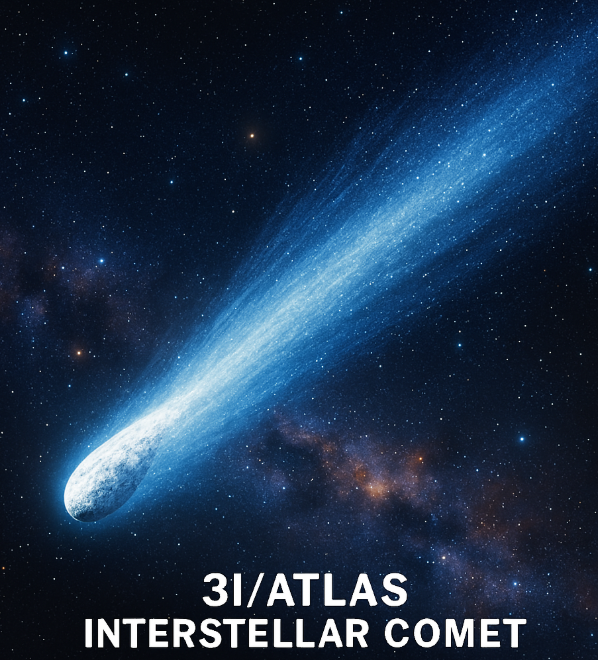Unraveling 3I ATLAS: What Sets The Third Interstellar Comet Apart
Dive into why 3I/ATLAS stands apart from earlier interstellar comets-its speed, origins, activity and scientific impact are unmatched and fascinating.
The cosmic narrative of interstellar visitors grew richer with the 2025 arrival of 3I/ATLAS. As the third officially confirmed object from outside our solar system, this comet has redefined what we know about these rare wanderers. But what specifically makes 3I/ATLAS uniquely different from its trailblazing predecessors-1I/‘Oumuamua and 2I/Borisov?
3I/ATLAS: The Fastest Interstellar VisitorSpeed is the first striking difference. 3I/ATLAS travels at an astonishing velocity of about 58km/s relative to the Sun, outpacing both previous interstellar comets. This makes its passage fleeting-an ultra-rare glimpse into distant cosmic realms.
Its hyperbolic orbital path is the most extreme recorded, with a calculated eccentricity above 6.0. Unlike the gentle curve seen with conventional comets, this steep trajectory confirms 3I/ATLAS originated far outside the Suns gravitational influence, racing through in a near-straight line before escaping forever.
Dynamic Cometary Activity-Far From The SunAnother unique aspect is its pronounced activity. 3I/ATLAS began emitting a visible coma of gas and dust while still far from the Sun, at around 6.4AU-much farther than typical comets show any substantial outgassing. Evidence quickly emerged of sublimating ices beyond just water, such as CO2 and CO, which are rare even in native solar system comets.
Evolving Coma and Dust Signature3I/ATLAS also displays a dynamic and evolving coma, marked by changing color and intensity over time. Initially, its dust-saturated halo exhibited a reddish hue, which deepened as the comet approached the Sun. This ongoing evolution reveals complex surface changes and volatile release not previously observed with other interstellar objects crossing our solar system.
Origins in The Ancient GalaxyWhile ‘Oumuamuas origins remain enigmatic, and Borisov hailed from a distant star system, 3I/ATLAS appears to have come from the thick disk of the Milky Way-a region known for ancient, water-rich bodies. Its physical composition and trajectory suggest it may be among the oldest galactic travelers ever observed, carrying the signature of primordial chemistry billions of years old.
Modern Observational PowerThe discovery and ongoing study of 3I/ATLAS have outpaced predecessors thanks to cutting-edge telescopes and survey techniques. Early detection by systems like ATLAS and the Vera Rubin Observatory, followed by comprehensive multi-wavelength observation, enabled scientists to study its makeup and behavior in unprecedented detail. This data-rich approach marks a turning point in unraveling the mysteries of interstellar objects.
Why 3I/ATLAS MattersBy being the fastest, most dynamically active, and best-studied interstellar comet to date, 3I/ATLAS offers clues to the formation of other planetary systems and the chemistry of the ancient galaxy. Its brief but luminous visit broadens the scope of interstellar science and broadcasts a powerful message: the mysteries of space are more diverse-and accessible-than ever believed before.
As scientific teams continue to observe and model 3I/ATLAS, its distinctive traits promise to shape our understanding of cometary science and interstellar travel. It stands not only as a scientific milestone, but also as an enduring reminder of the cosmic connections between stars, planets, and the icy wanderers that journey between them.
Unraveling 3I ATLAS: What Sets The Third Interstellar Comet Apart
